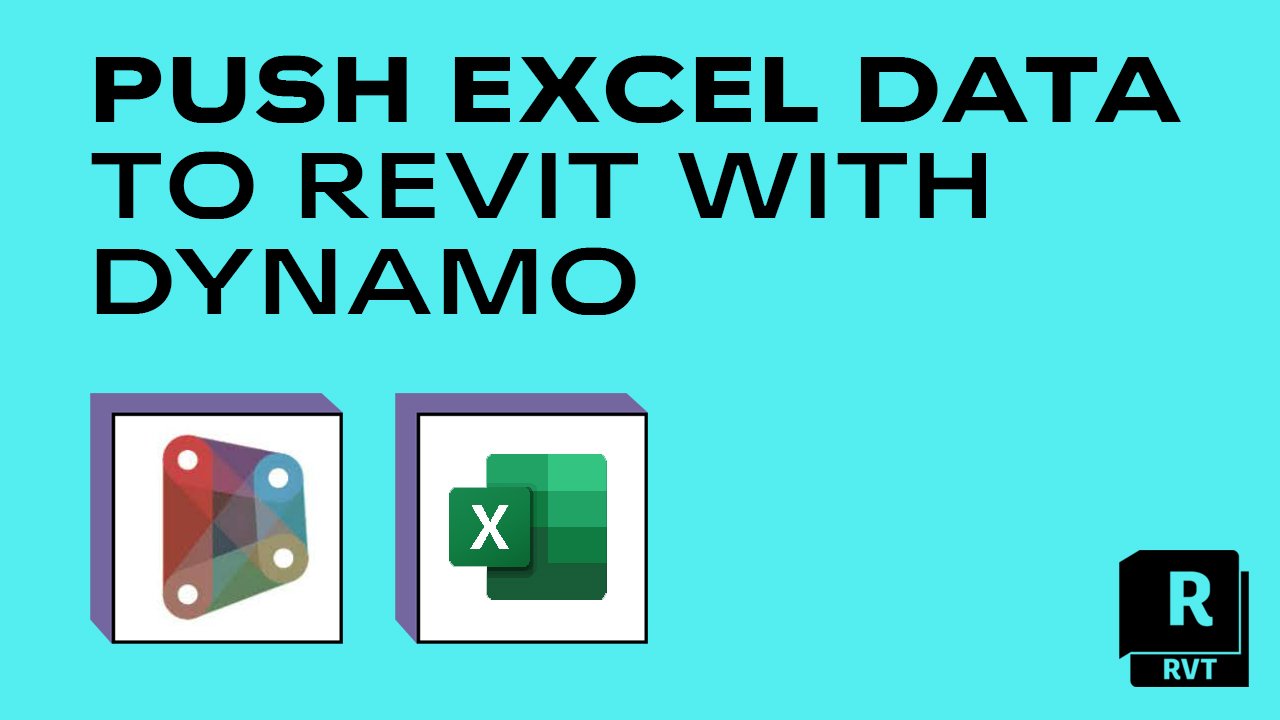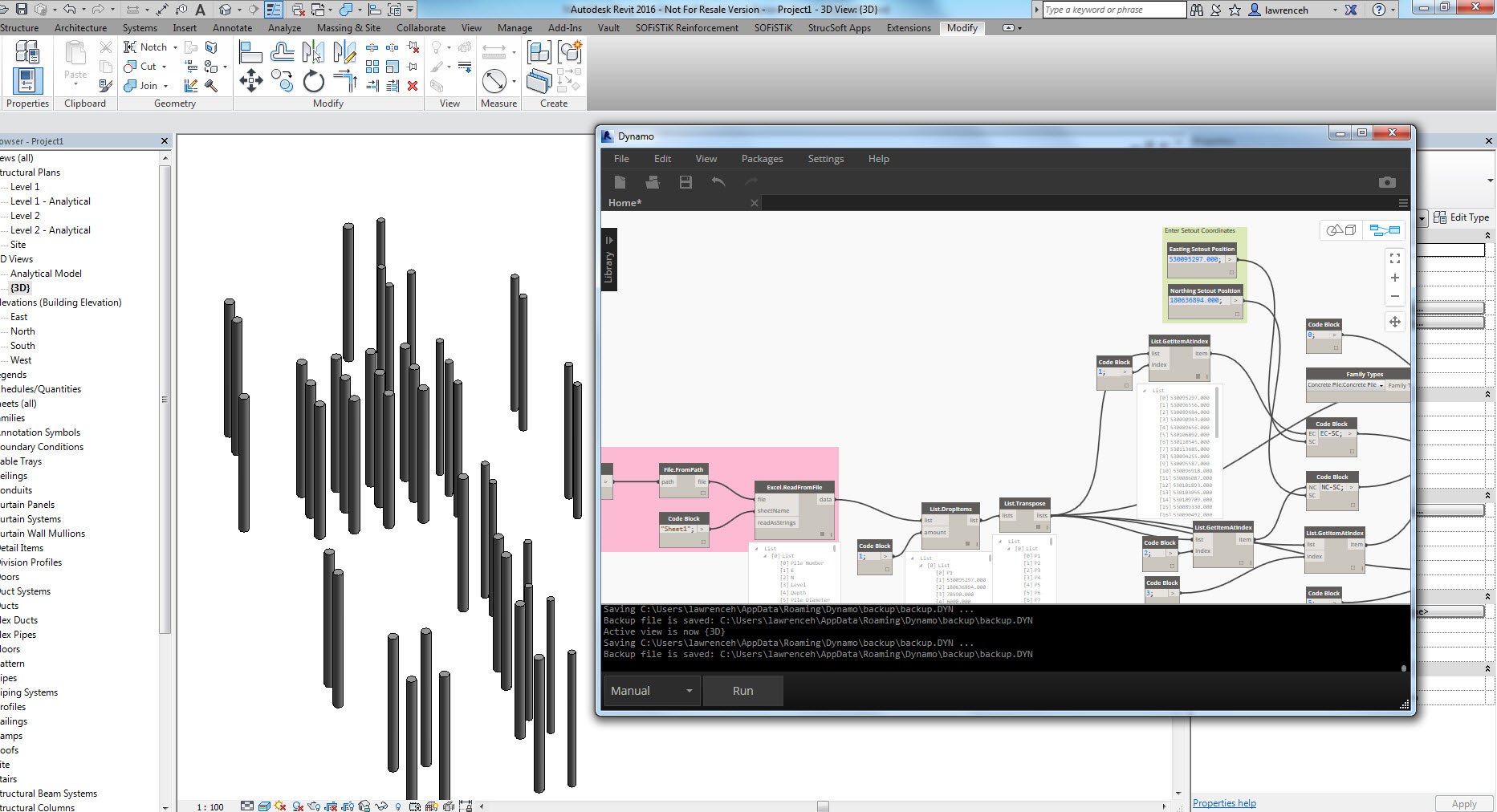Revit Add Ins: Supercharge Your Layout and Modeling
Wiki Article
Revit Excel Integration Demystified: Improving Operations for Improved Task Control
Look no better, since Revit Excel Integration is here to debunk the procedure and simplify your jobs. In this short article, we will certainly assist you through the relevance of Revit Excel Assimilation, show you just how to enhance workflows, and offer ideal methods for effective assimilation.The Relevance of Revit Excel Assimilation
You require to comprehend the importance of Revit Excel combination to efficiently streamline your process and boost job control. The assimilation of Revit, an effective structure info modeling (BIM) software, with Excel, an extensively used spreadsheet program, offers many advantages for designers, engineers, and building professionals.

By integrating Revit with Excel, you can remove manual information access and minimize the risk of mistakes. This not just conserves time yet likewise makes sure accuracy in your task documentation. You can update data in Excel, and it will immediately update in Revit, keeping consistency throughout your job.
Additionally, Revit Excel integration enhances project coordination by enabling effective collaboration amongst employee. With data synchronized in between Revit and Excel, every person can access one of the most up-to-date info and collaborate seamlessly. This promotes smoother communication, decreases disputes, and improves overall task efficiency.
How to Enhance Workflows With Revit Excel Assimilation
Enhance your procedure by seamlessly attaching Revit and Excel to simplify your operations. By incorporating these 2 powerful devices, you can boost job coordination and enhance efficiency in your job. With Revit Excel combination, you can easily move information in between both platforms, allowing for smooth communication and partnership.

An additional benefit of Revit Excel integration is the capability to develop customized records and evaluate information a lot more properly. With Excel's durable features, you can carry out sophisticated calculations, produce graphes and charts, and generate detailed records based upon the data from your Revit versions. This enables you to make and gain beneficial understandings notified choices throughout the project.
Enhancing Project Sychronisation With Revit Excel Combination
By effortlessly attaching your design software program with effective data analysis devices, you can greatly boost the sychronisation of your projects. Revit Excel assimilation permits you to improve your process and improve project coordination by removing hands-on data access and decreasing mistakes. With this integration, you can easily move information in between Revit and Excel, ensuring that all job information depends on date and exact.One of the essential benefits of Revit Excel combination is the ability to import and export data in between the two software application seamlessly. This indicates that you can conveniently import existing task data from Excel into Revit, saving you time and initiative in coming back details. You can export task data from Revit to Excel, enabling you to carry out advanced analysis and computations making use of the effective functions of Excel.
Additionally, Revit Excel integration enables you to create dynamic web links between both software application (revit plugins). This indicates that any type of changes made in Revit will instantly upgrade in Excel, and vice versa. This makes sure that all task stakeholders are functioning with one of the most current info, enhancing job sychronisation and lowering the risk of mistakes
Overcoming Challenges in Revit Excel Integration
When getting over challenges in the assimilation of Revit and Excel, it's important to make certain smooth data transfer and reduce errors. One usual obstacle is the compatibility of information layouts in between Revit and Excel.An additional challenge is the absence of synchronization between Revit and Excel. It's important to establish a clear workflow that makes sure both systems are updated in real-time. This can be attained by utilizing cloud-based collaboration devices or establishing a system for routine data syncing.
Managing large datasets can likewise be bothersome. Revit and Excel have different abilities when it comes to handling large amounts of information. To conquer this difficulty, you can split the data right into smaller, convenient pieces or make use of information filtering system techniques to concentrate on particular areas of rate of interest.
Finally, human mistake can lead to inconsistencies in between Revit and Excel data. It is necessary to train staff member on the assimilation procedure and develop quality assurance actions to catch any mistakes. Normal audits and cross-checks can aid identify and fix any type of disparities.
Finest Practices for Successful Revit Excel Integration
To make sure successful integration of Revit and Excel, it's crucial to comply with some finest techniques that will help simplify your operations and minimize errors. Additionally, when connecting Excel information into Revit, make certain that the information is complimentary and clean from any format issues that could create errors.Another vital practice is to routinely update your Excel information in Revit. Make it a practice to review and upgrade the data at routine periods, specifically revit plugins when changes are made to the job.

Conclusion
So, there you have it - revit Excel combination does not have to be an overwhelming job. With revit Excel integration debunked, you'll be well on your way to taking full advantage of the potential of these devices and taking your tasks to brand-new heights.You can export your Revit routines to Excel, make changes or updates in Excel, and then import the upgraded data back right into Revit with just a couple of clicks. Revit Excel assimilation enables you to simplify your workflows and enhance job sychronisation by eliminating hand-operated data entry and minimizing errors. With this integration, you can easily move data in between Revit and Excel, guaranteeing that all project details is up to day and exact.
You can export task information from Revit to Excel, allowing you to do innovative analysis and computations utilizing the effective functions of Excel.
Additionally, when linking Excel information right into Revit, guarantee that the data is cost-free and tidy from any type of formatting problems that could cause errors.
Report this wiki page